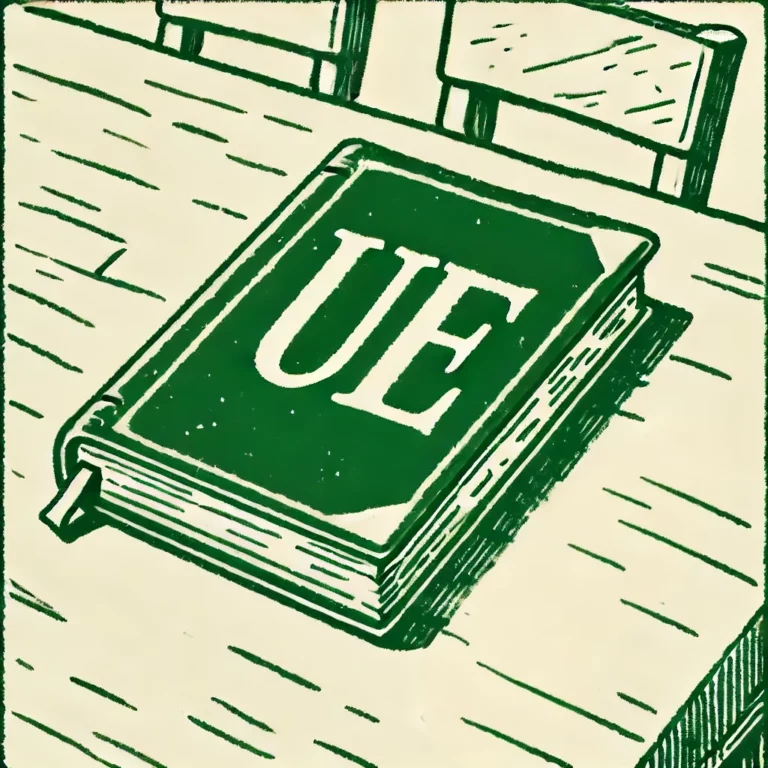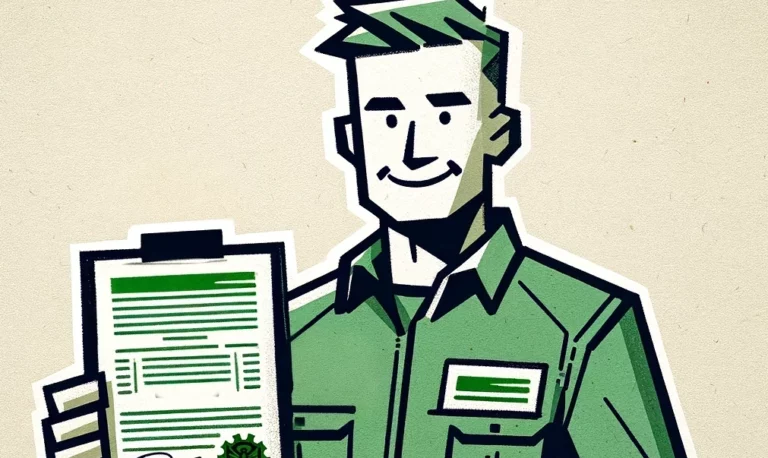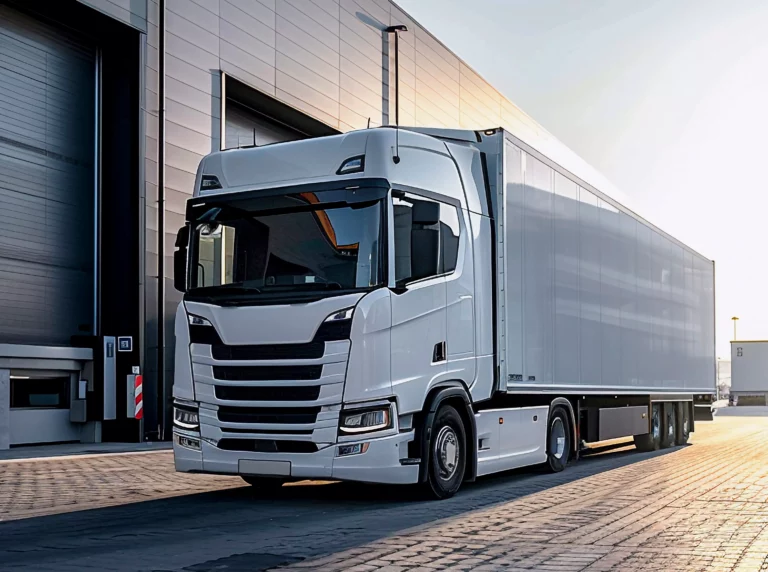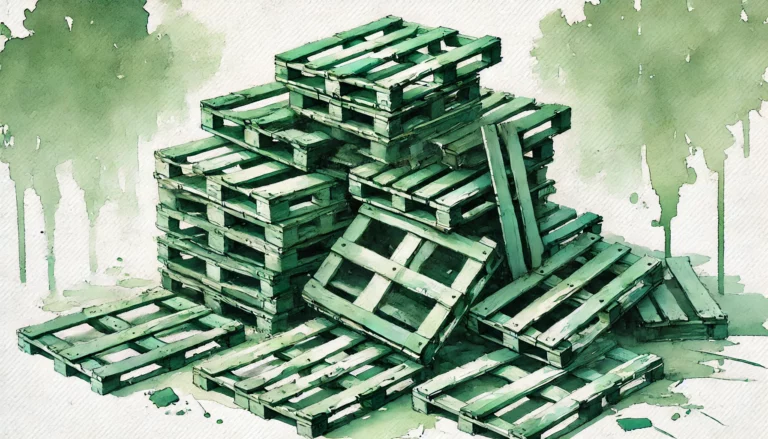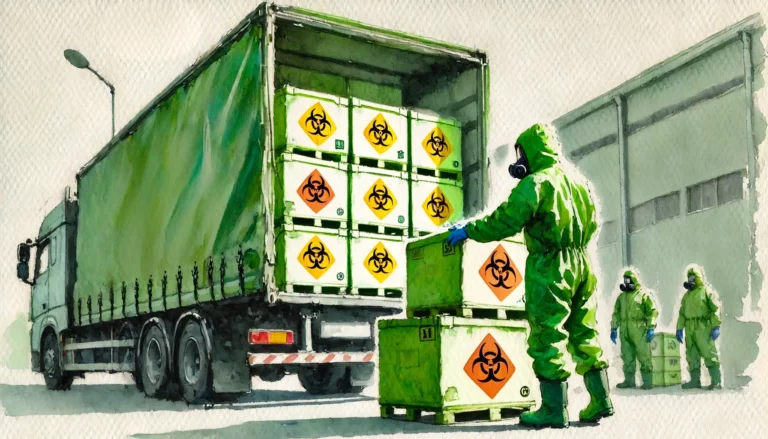Railway sleepers - recycling with potential
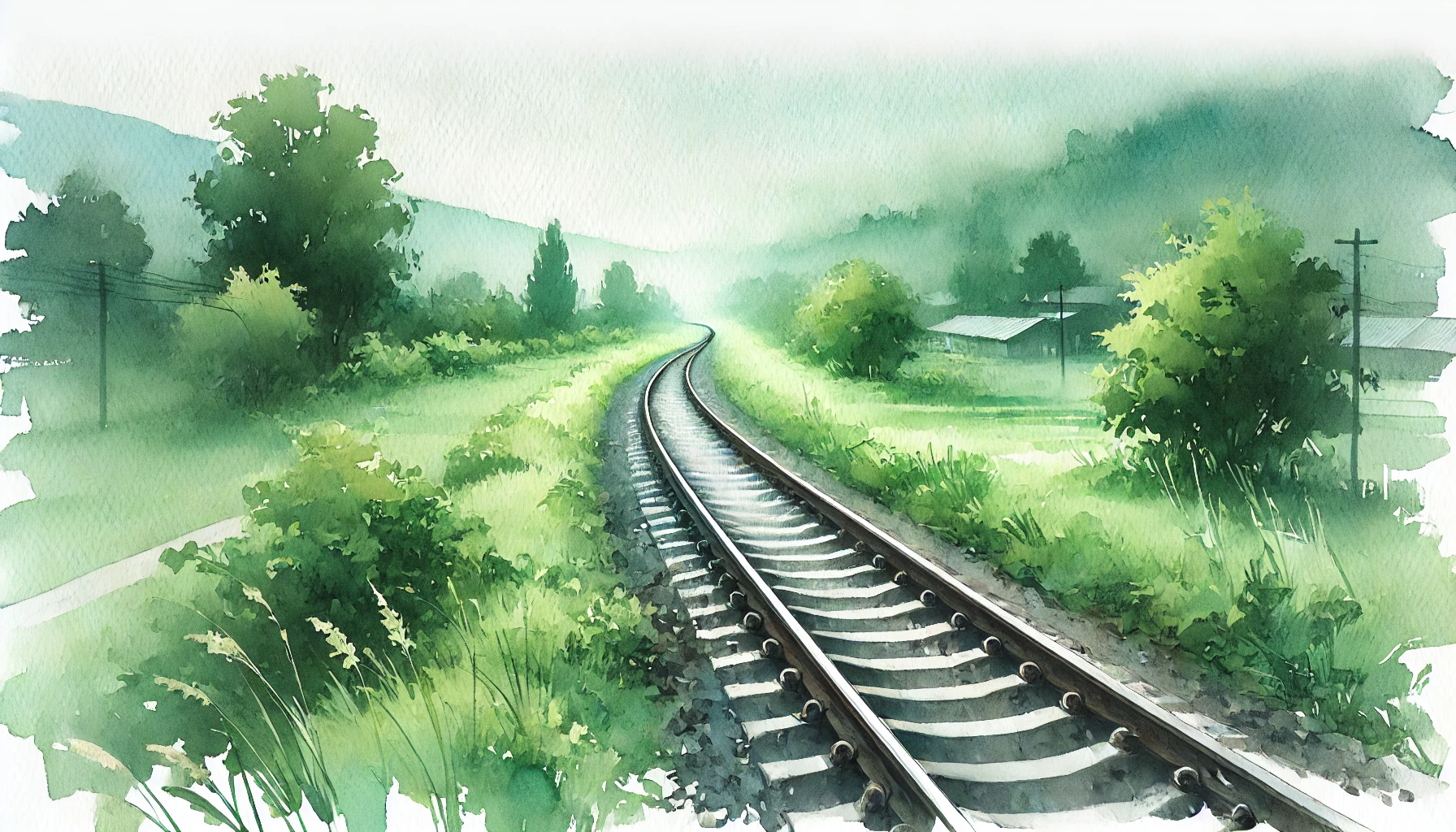
Used railway sleepers are a difficult waste to manage - creosote-soaked wood, reinforced concrete, metal. It is a kind of environmental bomb with a delayed ignition. However, there are countries in Europe, such as Germany, where the recycling of these materials has developed into a well-developed sector. There, the journey from dismantling of individual components to recovery of raw materials is completed efficiently thanks to the involvement of an important link in the supply chain - a qualified waste carrier.
What are railway sleepers and why do they pose such a significant challenge?
Railway sleepers are the elements on which the rails rest. Their main task is to maintain the correct track gauge and to transfer loads from passing trains to the ground. Thanks to them, the track remains stable and can function safely for many years.
What are they made of?
Depending on your needs, sleepers can be manufactured from a variety of materials:
- Wood
- Concrete
- Steel
- Composite material (e.g. glass fibre)
What are the main challenges in the management of railway sleeper waste?
The management of used railway sleepers is a process that requires knowledge, appropriate technical facilities and strict adherence to environmental regulations. This is due to several key factors that significantly complicate their recycling and further use.
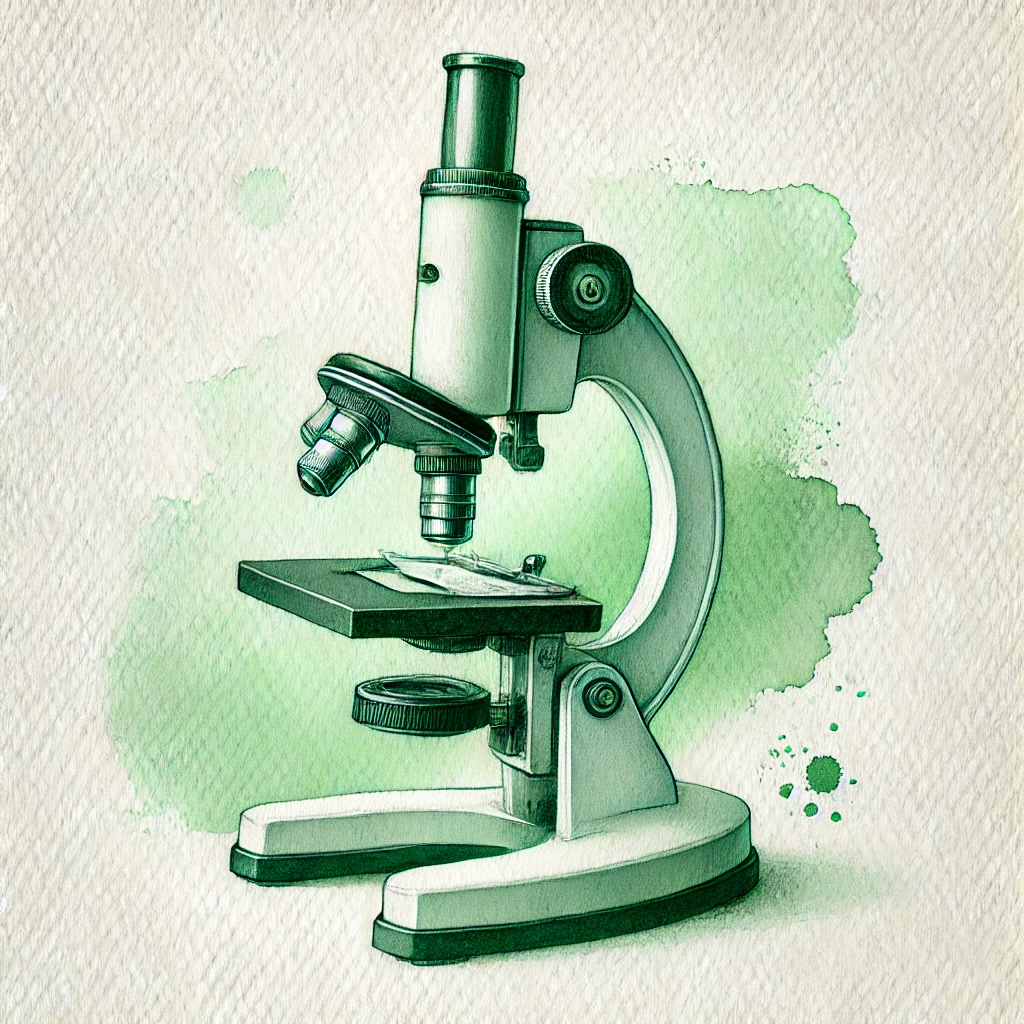
The first is chemical contaminants, especially in the case of wooden sleepers. To protect the wood from biological degradation, impregnants containing creosote - a substance considered carcinogenic and persistent in the environment - are used. Such waste is classified as hazardous, which significantly limits the possibilities of its further use and requires specialised disposal methods, e.g. in cement plants adapted to burning hazardous waste.
A second challenge is the difficulty of dismantling and separating materials. Many sleepers, especially concrete sleepers, contain steel reinforcement, rail fixings and other metal components. In order to make them recyclable, it is necessary to mechanically grind the sleeper and separate the different fractions, which generates high technological and logistical costs.

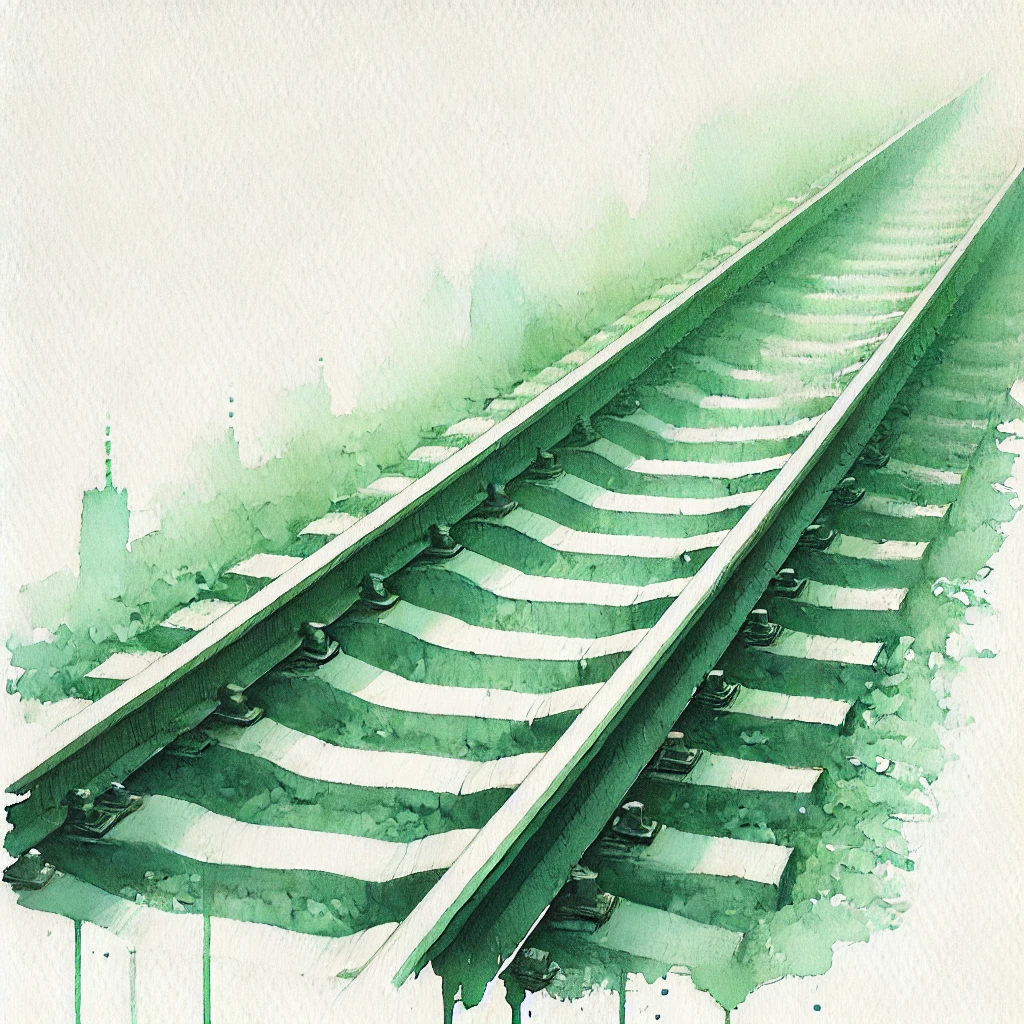
The third problem is material differentiation. There are different types of sleepers on the market - wooden, concrete, steel, as well as modern composite sleepers. Each of these requires a different technological approach. In particular, composite sleepers, which contain resins and plastics, pose great difficulties in recovery and their recycling is still not widely available.
A fourth important aspect is the dimensions and weight of the used sleepers. Concrete sleepers can weigh as much as 250-300 kg, which makes them difficult to load, transport and store. In the case of international shipments of such waste, additional consideration must be given to the requirements of the Basel Convention and Regulation (EC) No 1013/2006 concerning transboundary movements of waste, as well as the relevant regulations in the individual countries.
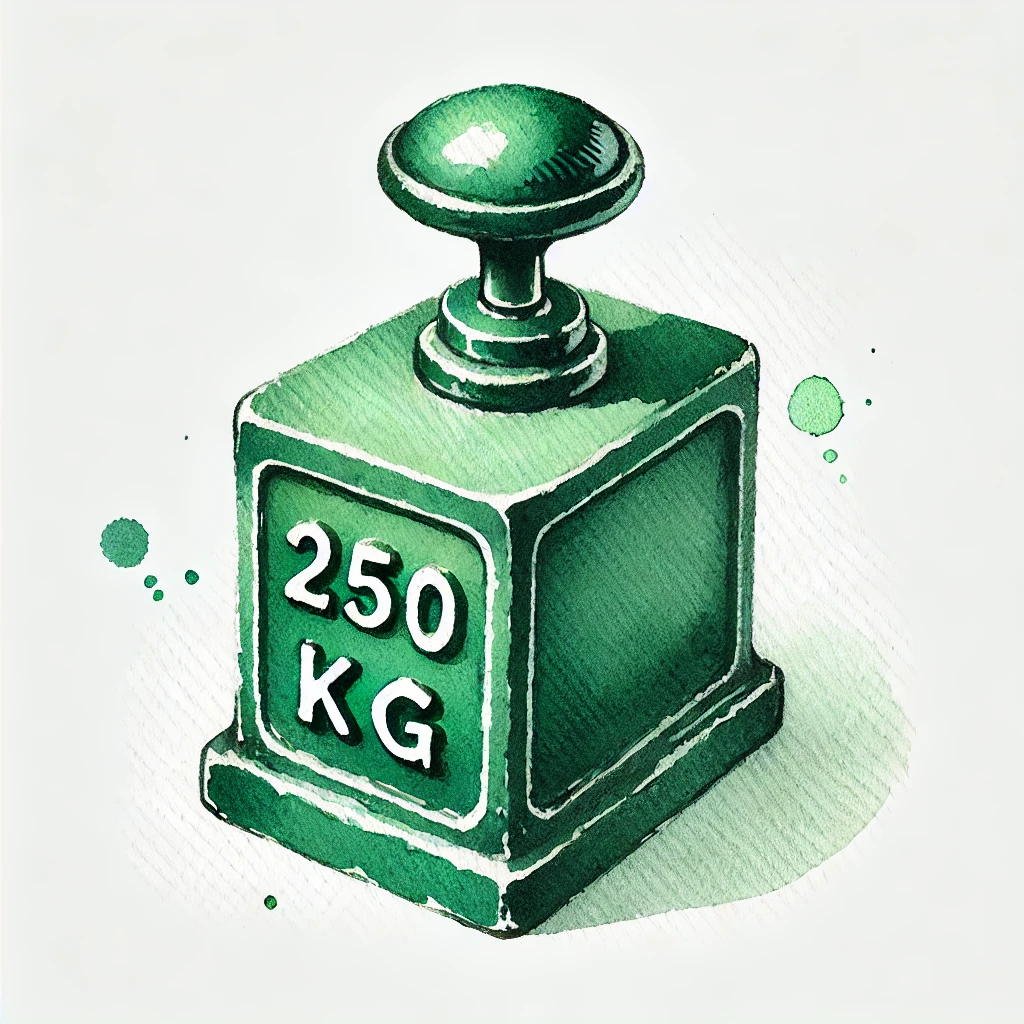
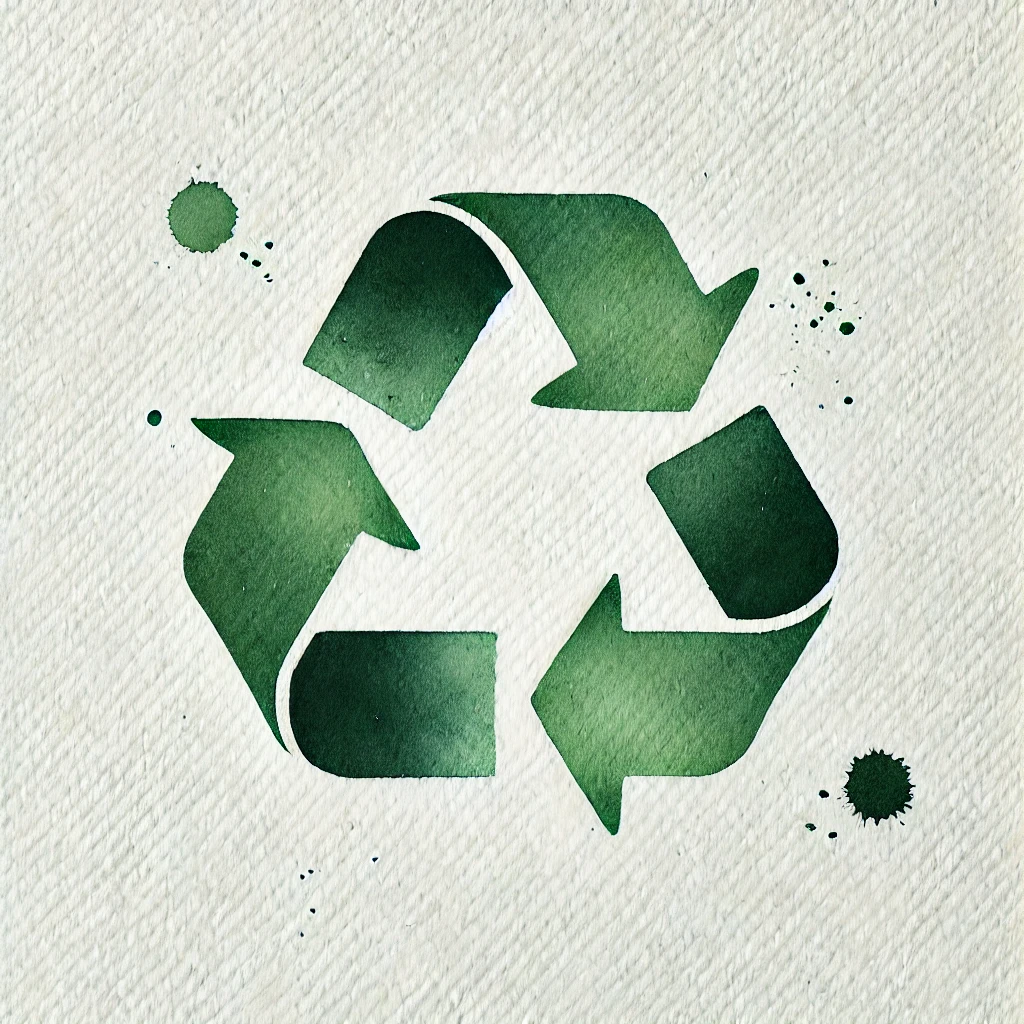
Finally, it is worth mentioning the limited possibilities for reuse. Due to its technical condition and potential chemical contamination, only a small proportion of the sleepers can be reused - e.g. as an auxiliary material in technical construction, fencing or temporary structures. However, an increasing number of regulations restrict such use, especially in public spaces and near watercourses.
Need help with the management of railway sleepers? Write or call
Difficult recycling - what can be recovered and what needs to be disposed of?
Before going into specifics, it is useful to establish a list of the elements of each primer: this will allow you to understand exactly what materials can be recovered and what forms of disposal are necessary.
List of factions and possible course of action:
- Wood (soaked in creosote) - the only safe direction is unfortunately combustion in controlled plants (such as specialised incinerators like D10, where waste is disposed of, or R1, where it is thermally converted into energy). Attempts to use it as garden wood put the environment and human health at risk.
- Steel - can be recycled as a secondary metal.
- Concrete - once the steel has been separated, it can be processed into construction aggregate.
However, there are risks associated with the improper management of this waste. These can include:
- Contamination of soil and water - as creosote contains carcinogenic substances that easily permeate the environment.
- Health risks - contact with toxic substances risks serious illness.
How can you manage your railway sleepers? [MAKE ENQUIRY].
Our assistant will help you with this. All you have to do is put in the necessary information and send us your enquiry and we will do the rest.
How are EU countries dealing with the management of this waste?
Below is a table showing the approach to railway sleeper recycling in different EU countries:
| COUNTRY | COURSE OF ACTION |
|---|---|
| Germany | - ban on reuse - developed network of incineration and recycling facilities - total recovery of raw materials |
| Poland, Czech Republic | - storage is very often used - less frequently the primers are used as RDF under uncontrolled conditions |
| France, Austria | - lack of a uniform approach - treatment often depends on local regulations and technological possibilities |
Germany is clearly at the forefront of recycling due to its strict regulations and extensive infrastructure - the primer is properly catalogued and collection procedures are meticulously supervised. In Poland and the Czech Republic, however, practices tend to be less formal, increasing environmental and legal risks. Legal fragmentation in other countries often hinders the development of this field.
Successful management of railway sleeper waste is only possible thanks to an important link in the supply chain. We are, of course, talking about the transport companies - they form the bridge between the waste generator and the recovery and disposal facilities. Only certified, experienced carriers are able to guarantee:
- Impeccable compliance with ADR and environmental regulations - no loopholes means no risk to the counterparty
- Full accountability for every section of the route - from loading to the return of the cargo at the installation, with transparent real-time reporting
- Operational quality - specialised rolling stock, trained crews and emergency procedures to minimise downtime and CO₂ emissions.
The role of the environmental advisor
Environmental advisor is a strategic navigator in the complex world of waste regulation. In the context of railway sleeper management, its role boils down to three pillars - interpretation of the law, system design, ongoing oversight:
- It precisely maps all national and EU acts relating to the railway sleepers used (including transport law and hazardous waste regulations), translating them into clear operational guidelines.
- - It defines procedures from dismantling to final recycling or recovery.
- Optimises logistics and selects partners (transport, installations) to minimise risks and costs.
- Oversees the creation of documentation (KPO and BDO records in Poland, Annex VII, notification in international transport) - It monitors legislative changes in real time, proposes circular solutions (e.g. re-use in construction), turning a legal requirement into a competitive advantage.
The result? The company gains regulatory certainty, transparent processes and real cost reductions, while reinforcing its image as a responsible actor throughout the supply chain.
How to act legally and effectively - practical tips
It is imperative that everyone involved in the waste management system knows their responsibilities and is aware of the risks of failing to comply with them. What should each of them do to comply with the law?
Waste producer:
- Identification of the waste (railway sleepers are most often classified as 17 02 04*) - the legality of the procedure depends on this.
- Documentation - e.g. handover protocol, toxicity analysis.
- Consultation with an adviser - minimises risk.
- Choice of recipient - must have the relevant permits.
Carrier:
- Must comply with ADR requirements - correct securing of waste, transport routes.
- Permits and insurance - necessary for the transport of hazardous waste.
- Conditions of carriage - adequate time, financial security, order of documents.
Recipient:
- Verification of documents - ensuring legality and compliance.
- Management plan - decision: concrete recycling, steel, wood burning.
- Facilities - availability of incinerators for hazardous waste and material separation facilities.
The recycling of railway sleepers is a complex, multi-step process requiring both technical knowledge and knowledge of environmental regulations. With the right advice and education, the risk of irregularities can be minimised. Do you have railway sleepers to manage? Not sure where you could send them for processing or disposal? Write to us at dispo@ekologistyka24.pl and ask for the best solution. We will help you comprehensively.

